À travers les siècles, l’humanité a voulu VOIR Dieu.
Les humains de diverses cultures ont tenté ‘d’imager’ d’une manière humaine la réalité divine à laquelle ils s’adressaient.
Leur imagination aidant, ils ont créé des statues, des icônes, des oeuvres d’art de toutes sortes
qui représentaient pour eux la déité qu’ils tentaient de rejoindre.
C’était, oui, des représentations – des esquisses parfois maladroites, parfois artistiques,
mais toujours incapables de présenter vraiment la réalité : DIEU.
Qui peut décrire, dépeindre, présenter l’image réelle de DIEU?
Nul autre que… Dieu lui-même!
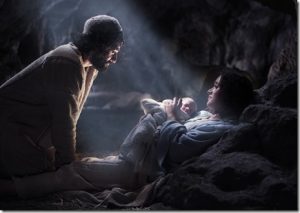 Et c’est ce qu’il a fait… à Noël!
Et c’est ce qu’il a fait… à Noël!
L’apôtre Paul le dit clairement aux Colossiens :
« Le Fils (Jésus) est l’image du Dieu invisible » (Colossiens 1:15).
Une image, oui, mais VIVANTE, incarnée dans un nouveau-né!
Un enfant…
Les humains craignent souvent la puissance – les puissants sont parfois cruels…
Mais qui craindrait un enfant, l’Enfant-Dieu?!
Les humains se tiennent souvent à distance des gens influents – ils peuvent écraser les autres…
Mais qui se tiendrait éloigné d’un enfant, l’Enfant-Dieu?!
Les humains hésitent souvent à faire confiance à leurs semblables – ils sont parfois indifférents…
Mais qui ne se sentirait attiré, fasciné, par la présence d’un enfant, l’Enfant-Dieu?!
C’est cela que nous célébrons à Noël :
La présence, la proximité, la tendresse, d’un Dieu qui s’est abaissé pour se mettre à notre mesure –
la mesure humaine…
Prenant la chair de notre humanité, devenant l’un de nous… visible dans un enfant!
Note: Une autre réflexion, sur un thème différent, est disponible en anglais à: https://image-i-nations.com/the-nativity-of-the-lord-year-a-2023/
 The 2nd reading (Ephesians 2:4-10) tells us:
The 2nd reading (Ephesians 2:4-10) tells us:
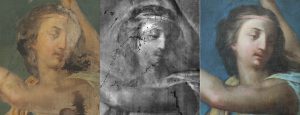 There are people especially skillful in picture or image restoration.
There are people especially skillful in picture or image restoration.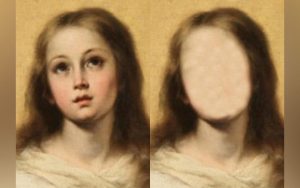
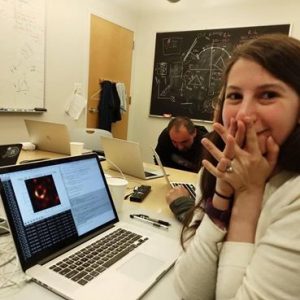
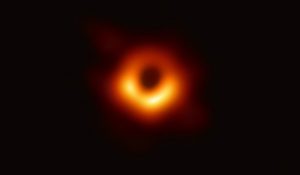 Elle avait commencé il y a trois ans la programmation de cet algorithme alors qu’elle était étudiante diplômée au Massachusetts Institute of Technology (MIT).
Elle avait commencé il y a trois ans la programmation de cet algorithme alors qu’elle était étudiante diplômée au Massachusetts Institute of Technology (MIT). 

 « Un enfant nous est né… » (1ère lecture, nuit de Noël – Is.9 :1-6)
« Un enfant nous est né… » (1ère lecture, nuit de Noël – Is.9 :1-6)
 For brevity’s sake I shall use the expression ‘rays’; and to distinguish them from others of this name I shall call them ‘X-rays’.
For brevity’s sake I shall use the expression ‘rays’; and to distinguish them from others of this name I shall call them ‘X-rays’.